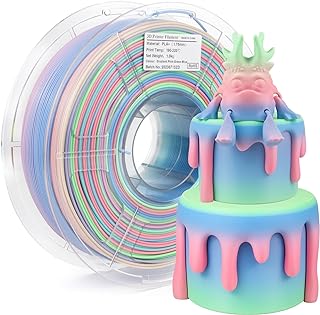
- arrow_back Home
- keyboard_arrow_right Technology
Mastering Nozzle Sizes for 3D Printing

Technology Chris Wyatt 13 June 2024
As you navigate the vast landscape of 3D printing, one crucial aspect that demands attention is the nozzle size of your printer. With a plethora of options available, selecting the right nozzle can significantly impact the quality and precision of your prints. A quick glance at online marketplaces, such as Amazon.co.uk, reveals an overwhelming array of nozzles, with over a hundred options to choose from, each varying in diameter and purpose. With top-rated products like Sovol’s MK8 Nozzles and GOLRISEN’s Nozzle Cleaning Kit vying for attention, it’s essential to understand the unique characteristics and applications of each nozzle size to unlock the full potential of your 3D printer. What do you think is the most crucial component of a 3D printer? Many would argue it’s the print bed, while others would say it’s the extruder. However, the often-overlooked nozzle is, in fact, the most critical element that determines the quality of your 3D prints.
Understanding Nozzle Sizes and Their Importance
The nozzle is the component that extrudes the molten filament, depositing it onto the print bed to form the desired shape. The nozzle’s diameter plays a significant role in determining the print quality, resolution, and speed. With so many nozzle sizes available in the market, it’s essential to understand the characteristics and applications of each size.
Why Nozzle Size Matters
A smaller nozzle size allows for more precise printing with finer details, but it also means a slower print speed. On the other hand, a larger nozzle size enables faster printing, but it compromises on precision and detail. This trade-off is critical in determining the optimal nozzle size for a specific print job.
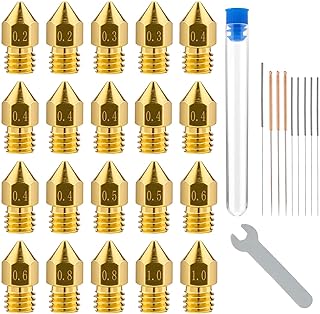
Nozzle Size Options and Their Applications
The market offers a wide range of nozzle sizes, each suited for specific printing tasks. Let’s explore some of the most common nozzle sizes and their applications:
0.2mm Nozzle
The 0.2mm nozzle is the smallest and most precise nozzle size, typically used for printing miniature models, jewelry, or intricate mechanical parts. Its tiny diameter allows for exceptional detail and accuracy, making it ideal for tasks that require high precision.
| Application | Description |
|---|---|
| Miniature modeling | Printing small, detailed models with intricate features |
| Jewelry making | Creating complex jewelry designs with fine details |
| Mechanical parts | Printing small mechanical parts with precise tolerances |
0.3mm Nozzle
The 0.3mm nozzle is a popular choice for most 3D printing tasks, offering a balance between precision and print speed. It’s suitable for printing small to medium-sized objects with moderate detail.
| Application | Description |
|---|---|
| Prototyping | Printing prototypes with moderate detail and precision |
| Model making | Creating small to medium-sized models with moderate complexity |
| Functional parts | Printing functional parts with moderate precision and detail |
0.4mm Nozzle
The 0.4mm nozzle is the most widely used nozzle size, providing a good balance between print speed and detail. It’s suitable for printing medium-sized objects with moderate to high detail.
| Application | Description |
|---|---|
| Production printing | Printing medium-sized objects with moderate to high detail |
| Architectural models | Creating medium-sized architectural models with moderate complexity |
| Consumer products | Printing consumer products with moderate to high detail |
0.5mm Nozzle
The 0.5mm nozzle is larger than the standard nozzle sizes, allowing for faster print speeds but compromising on detail. It’s suitable for printing large objects with low to moderate detail.
| Application | Description |
|---|---|
| Large model printing | Printing large models with low to moderate detail |
| Functional parts | Printing functional parts with low to moderate precision and detail |
| Rapid prototyping | Printing large prototypes with low to moderate detail |
0.6mm Nozzle and Larger
Nozzle sizes above 0.6mm are typically used for specialized applications, such as printing large objects with very low detail or for specific industries like aerospace or construction.
| Application | Description |
|---|---|
| Large-scale printing | Printing extremely large objects with low detail |
| Industrial applications | Printing large objects for industrial use, such as aerospace or construction |
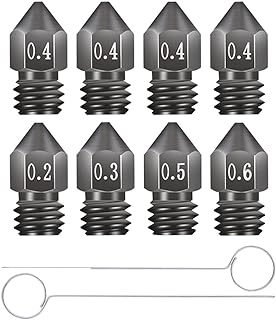
Choosing the Right Nozzle Size for Your Print Job
When selecting a nozzle size, consider the following factors:
Print Speed
A larger nozzle size allows for faster print speeds, but it may compromise on detail and precision. If you need to print large objects quickly, a larger nozzle size may be suitable.
Detail and Precision
A smaller nozzle size provides more precise printing with finer details, but it slows down the print speed. If you need to print objects with high detail and precision, a smaller nozzle size is ideal.
Object Size
Larger objects require larger nozzle sizes to print efficiently. If you need to print small objects with high detail, a smaller nozzle size is suitable.
Filament Material
Different filament materials have varying extrusion properties, which affect the optimal nozzle size. For example, a 0.4mm nozzle may be suitable for printing PLA, but a 0.5mm nozzle may be better for printing ABS.
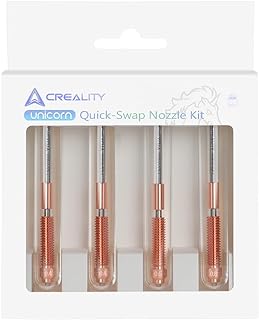
Maintaining and Replacing Nozzles
Proper maintenance and replacement of nozzles are crucial to extend their lifespan and ensure consistent print quality. Here are some tips:
Cleaning Nozzles
Regularly clean your nozzles to prevent clogging and damage. Use a needle or cleaning brush to remove debris and residue.
Replacing Nozzles
Replace your nozzles every 3-6 months or when you notice a significant decrease in print quality. Use high-quality nozzles designed for your specific 3D printer model.
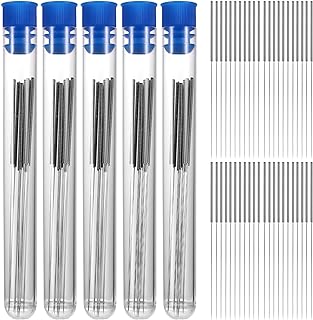
Conclusion
Mastering nozzle sizes is critical to achieving high-quality 3D prints. By understanding the characteristics and applications of each nozzle size, you can optimize your print settings and select the right nozzle for your specific print job. Remember to maintain and replace your nozzles regularly to ensure consistent print quality and extend their lifespan.
About Ultimate 3D
Learn everything there is to know about 3D Printers and the different components and printing materials.
Site Links
Copyright 2024 Ultimate 3D







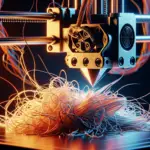
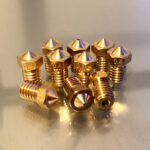
Be the first to leave a comment